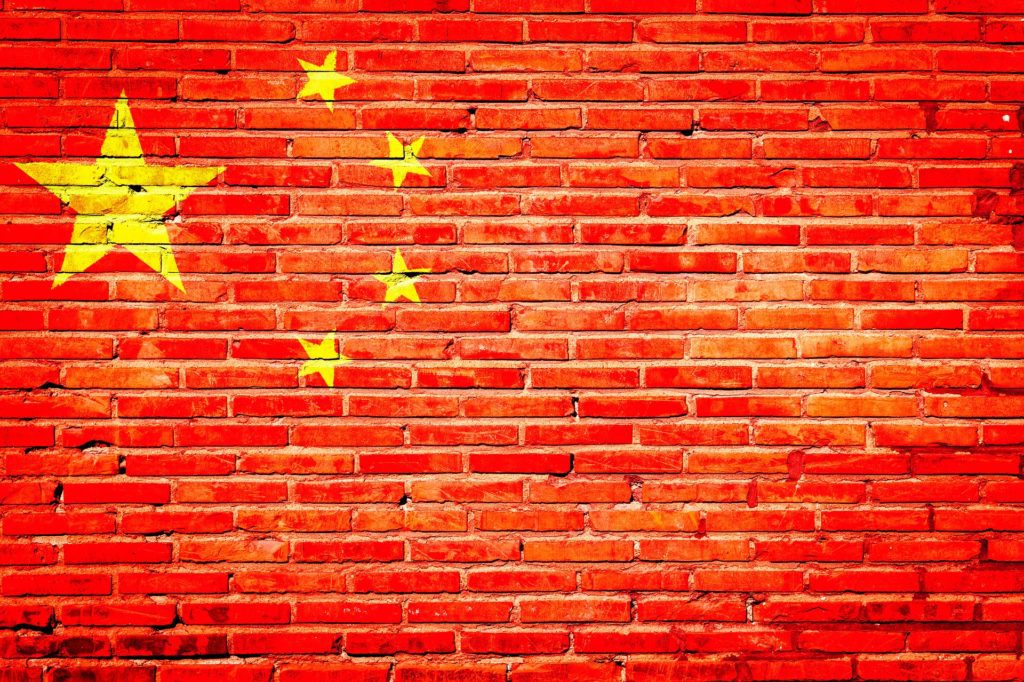The battle for the human capital.
When asked, CEOs reveal that human capital remains their top challenge, but they rank human resources as only the eighth or ninth most important function in their companies, according to a recent Harvard Business Review. It is easy to see the disconnect in these results. A good CEO knows that the company depends on their company’s human resources to achieve success. It is not the business that creates value; it is the people that do so. However, in the majority of companies, it seems CEOs are distanced from and often dissatisfied with their chief human resources officers (CHROs) and the HR function in general.
In a similar manner as the finance function has been elevated to higher importance over recent decades, it is now time for HR to make that same transition, and become a true partner to the CEO. The Chief Financial Officer helps the CEO lead the business by raising and allocating financial resources. In parallel, the CHRO should help the CEO by building and assigning talent, especially key people, and working to unleash the organisation’s energy. Managing human capital must be accorded the same priority that managing financial capital came to have in the 1980s, when the era of the “super CFO” and serious competitive restructuring began.
CEOs might complain that their CHROs are too bogged down in administrative tasks or that they don’t understand the business. But let’s be clear – it is up to the CEO to elevate HR and to bridge any gaps that prevent the CHRO from becoming a strategic partner. After all, it was CEOs who boosted the finance function beyond simple accounting. They were also responsible for creating the marketing function from what had been strictly sales.
If we wish to elevate the HR function, it will require a complete overhaul of the work content of the chief human resources officer. Basically the function will need to engage in a new type of contract with this leader, and adopt a new mechanism, a core group comprising the CEO, the CFO, and the CHRO. The result will be a CHRO who is as much a value adder as the CFO. Rather than being seen as a supporting player brought in to implement decisions that have already been made, the CHRO will have a central part in corporate decision making and will be properly prepared for that role.
In addition to being the top-ranked challenge globally, human capital is closely linked to the next three top challenges: customer relationships, innovation, and operational excellence. This even more highlights that a talented, engaged, and properly motivated workforce is critical to success. Corporate brand and reputation, also a challenge where the actions of people can make or break a reputation or brand, rounds out the global top five.
An area where Europe scores different from other continents is performance management. In every region, except Europe, this strategy ends up in the top 5 to address the human capital challenge Especially in China, but basically throughout Asia, staff and leader performance and also accountability are crucially important in a time where CEOs in that region look at how to counter the slowing productivity trend and improve performance to move up the global value chain. Improving performance management processes and accountability is number one in Asia, up from number seven in 2013. It’s also number one in slower-growing China. It ranks third in Latin America, but appears lower down the strategy list in the United States at number four. And here’s where Europe diverges: in our continent, performance management receives its lowest ranking at number eight. This should come as a surprise to a region that should focus on improving its productivity to emerge from the recent recession. Another parameter, ‘enhancing the effectiveness of the senior management team’ is fourth in Asia and second in China, again underscoring the Asian focus on performance. However, it comes in on sixth place in Europe. Improving the effectiveness of front-line supervisors and managers ranks at seventh place in Asia, sixth in China, and quite a low fourteenth position in Europe.
A company’s performance depends largely on the fit between people and jobs. This means that the CHRO has the potential to provide vital assistance to identify what a particular job requires and realistically assessing whether the assigned person meets those requirements, realising that high leverage jobs require extra attention. Unfortunately many HR processes tend to treat all employees the same way, whereas it is known that often a minority of the people in a business drive a majority of the impact. Although coaching can be helpful, particularly when it focuses on one or two things that are preventing individuals from reaching their potential, it has its limits. It is virtually impossible to overcome a poor fit. A wide gap between a leader’s talents and the job requirements creates problems for the leader, the boss, the peers, and the reports. So before severe damage is done, the CHRO should take the initiative to identify gaps in behavior or skills.
What is needed is a mindset that elevates the HR function to an integral part of company leadership, and, importantly, views the selection of the person who will lead human resources as a highly strategic decision. If companies wish to survive and preferably do well, they need to take talent management as an instrument of organisational transformation more seriously. In other words, organisations need to make human capital a part of strategic planning and decision-making.












